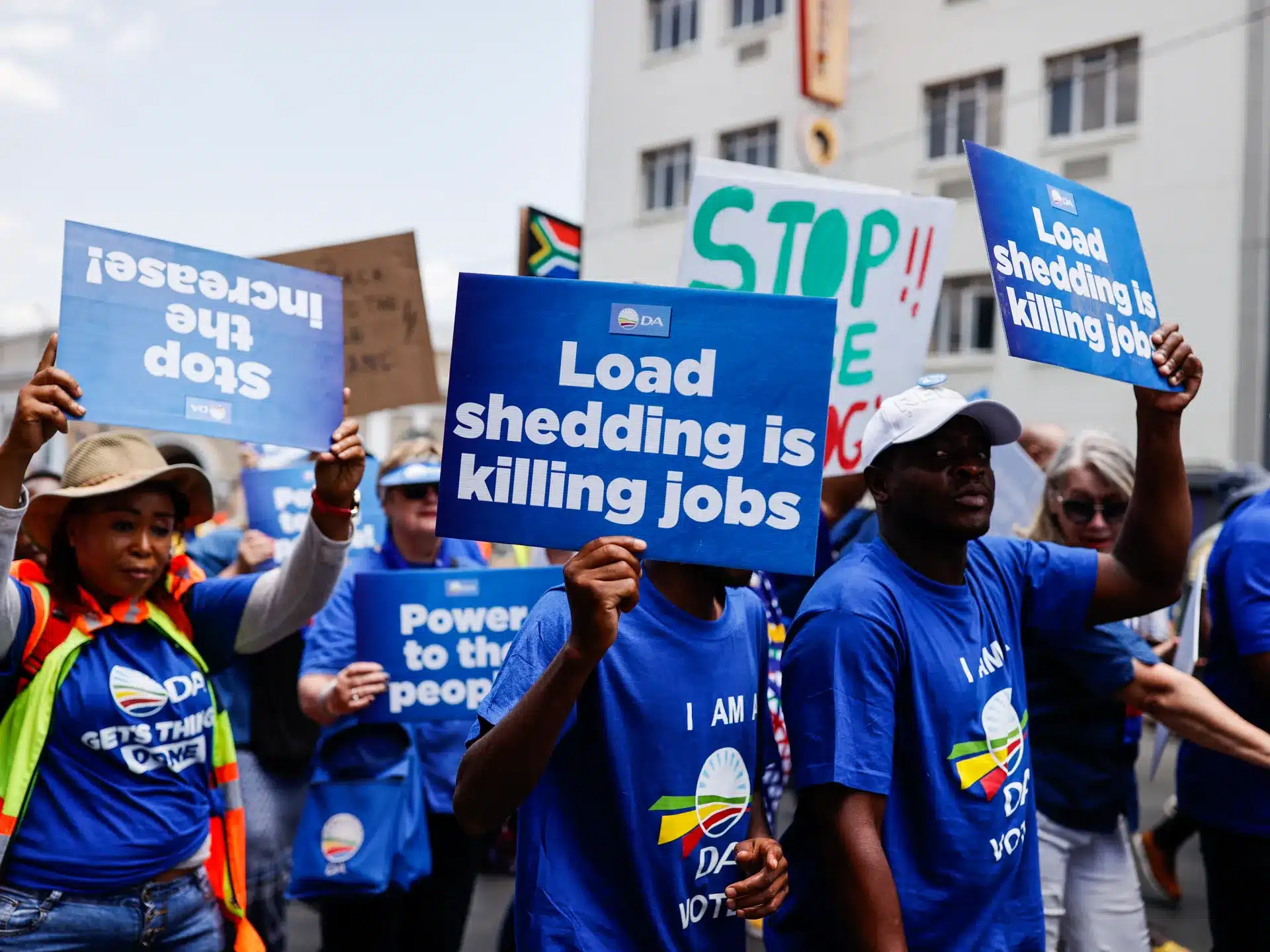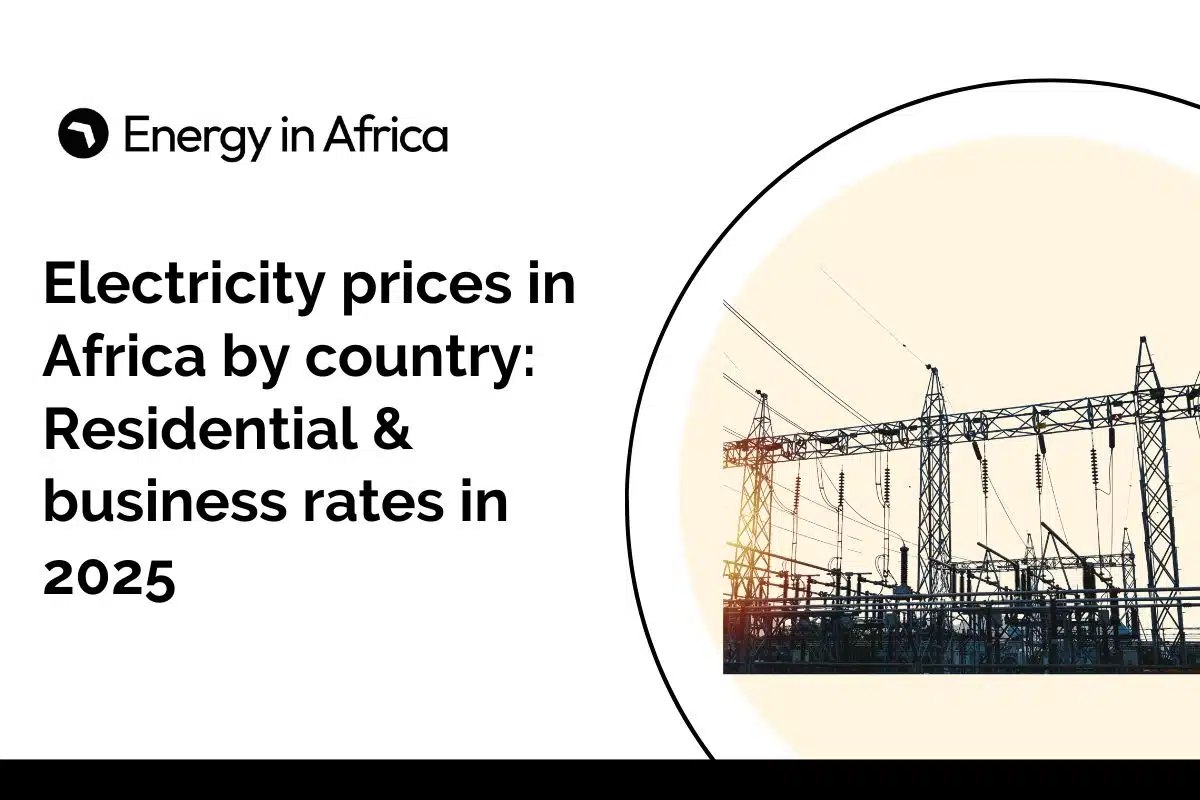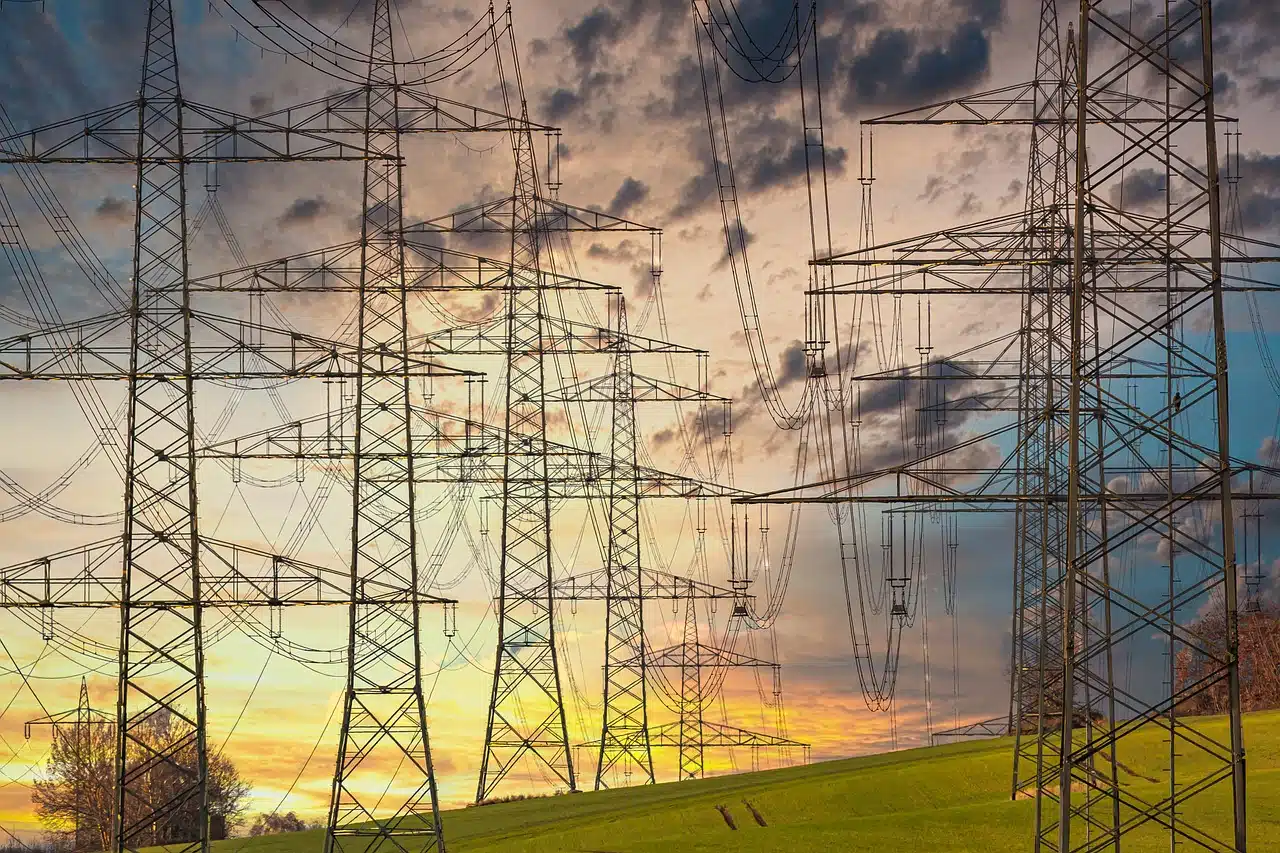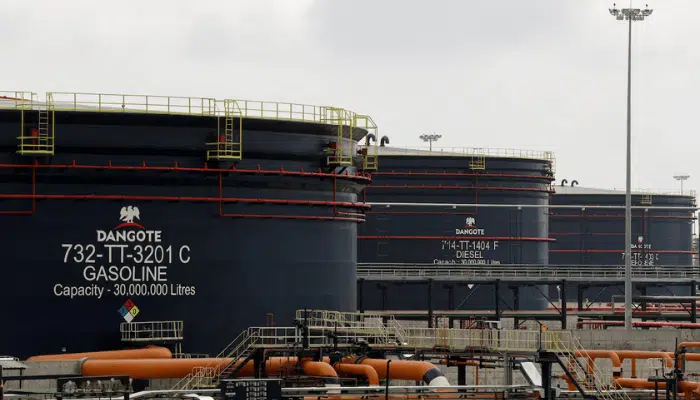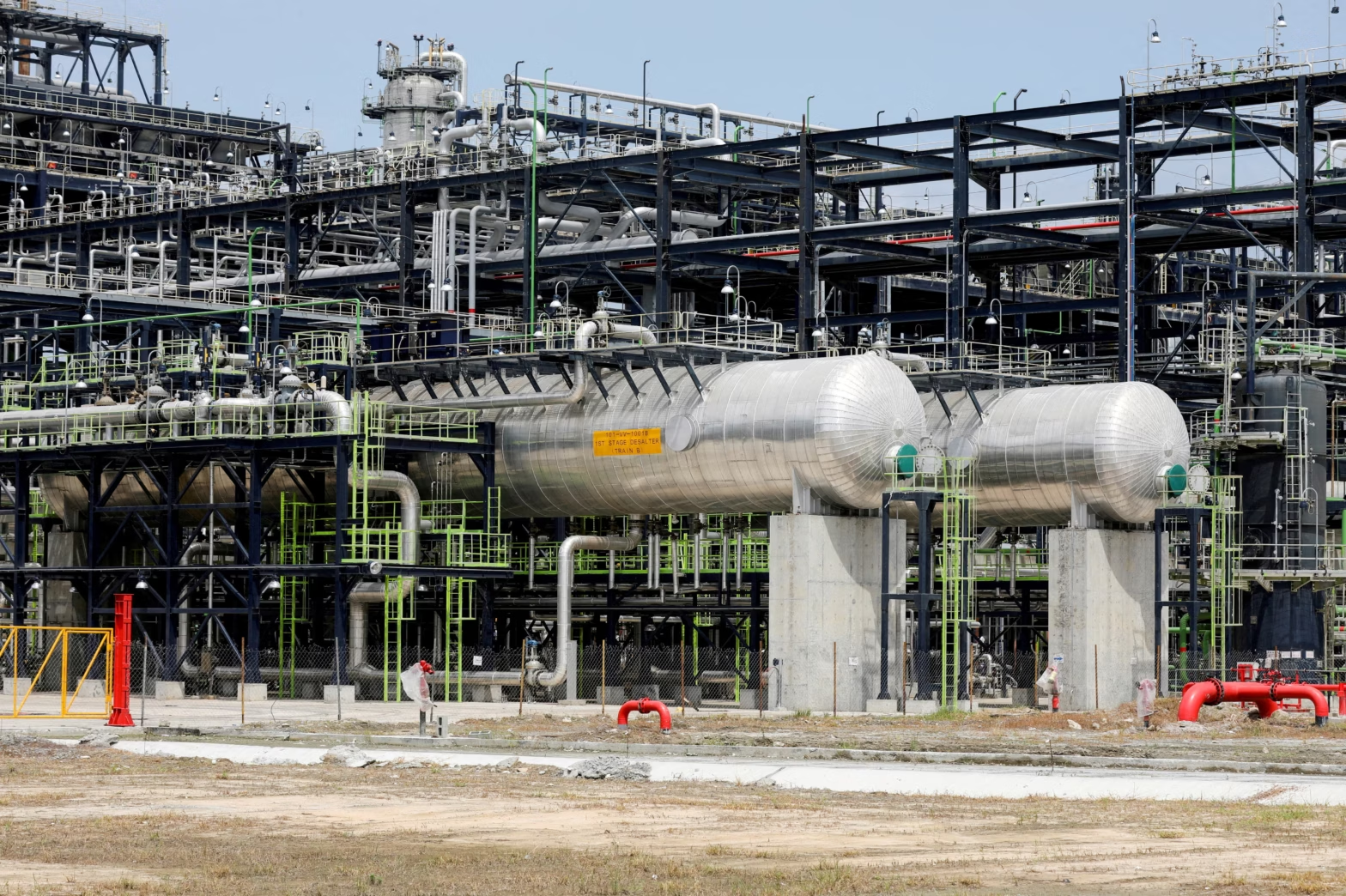Africa’s most industrialised nation, South Africa, is grappling with an ongoing energy crisis as load shedding, scheduled power cuts to stabilize the grid, continues to disrupt daily life and economic operations.
The country’s Electricity and Energy Minister, Kgosientsho Ramokgopa, speaking after an oversight visit to Medupi power station in Limpopo last week, said the permanent end of load-shedding is within touching distance.
“South Africans must be confident that we’ve turned a corner, and at the right time, we will be able to share with the country where we are relative to the overall objective of ending load-shedding”.
“We are within touching distance, and I think in the next week or two we’ll call a media briefing just to show you what the performance has been,” said Ramokgopa.
He further explained that 8 of Eskom’s 14 coal-fired power stations currently have an energy availability factor (EAF) over 71%, another one has an EAF over 91% and the Medupi Power Station’s EAF is around 83%.
This is not the first time in recent history such promise has been made by top officials in the country.
Despite these assurances, ongoing issues of power plant reliability, delays in restoring generation units, and coal supply constraints may cast doubt on these promises.
The country may only hope for the resolution of these challenges, despite its recent load shedding in April 2025.
The ongoing issues of power plant reliability
South Africa’s energy crisis, followed by frequent load shedding, continues to challenge the nation’s electricity supply.
Eskom, the state-owned power utility, struggles with an aging fleet of coal-fired power plants, averaging 41 years old against a designed lifespan of 60 years.
Energy Analyst at Bavijas Consulting, Etim Antai, for instance, said many of Eskom’s coal-fired power plants are old, poorly maintained, and prone to frequent breakdowns.
Thus, replacing or refurbishing these facilities takes years, not months.
The utility, burdened with significant debt, limits its ability to invest in new infrastructure or maintain existing assets without continuous government support, he added.
In addition, the utility’s Energy Availability Factor (EAF) just recently improved to meet the set target of 70%, but remained below target before July 2025.
The previous underperformance, coupled with frequent breakdowns, exacerbates the supply-demand imbalance, forcing Eskom to implement rolling blackouts to prevent grid collapse.
Delays in restoring generation capacity
On the other hand, efforts to restore generation capacity face significant delays.
In Antai’s words, the country has high electricity demand compared to its available generation capacity, which means that even slight disruptions in supply or demand can trigger blackouts, especially during high-consumption periods such as cold seasons.
Eskom’s Kusile and Medupi power stations, intended to improve capacity, encountered technical issues and cost overruns, with full operations delayed beyond initial 2014 targets.
According to Eskom, Unit 4 of the Medupi Power Station only reached commercial operation in July 2025, after being out of service since August 2021, outlining prolonged delays.
In addition, Eskom’s maintenance strategy, while improved, struggles with high unplanned outages, averaging 11,143 MW in 2025, lower than the forecasted 15,500 MW but still insufficient to eliminate load shedding.
Coal supply disruptions
In addition, coal supply issues further compound the crisis.
Operational inefficiencies and labor strikes disrupt coal deliveries, while poor coal management practices, including wet coal from heavy rains, have hampered plant performance, particularly at Medupi.
A BBC report notes that illegal coal mining and criminal networks in South Africa’s coal hub exacerbate supply chain challenges, with allegations of sabotage adding to Eskom’s woes.
Promises yet to materialise
President Cyril Ramaphosa’s 2022 Energy Action Plan promised to end load shedding through improved maintenance, private investment, and renewable energy expansion.
However, Minister of Electricity and Energy Kgosientsho Ramokgopa stated that resolving operational deficiencies in the coal fleet could unlock 5,400 MW, yet no concrete timeline exists.
Critics, including the Democratic Alliance, argue that these promises lack substance, with load shedding persisting into 2025 despite a temporary suspension of 114 days in 2024.
The public remains skeptical, as Ramaphosa himself cautioned in 2024 that the electricity system is still vulnerable.
What’s next?
While Eskom reports progress, with 8 of 14 power stations achieving an EAF above 70% in 2025.
Antai warns that, depending on the government for support is both politically and economically unsustainable without significant investment in new capacity and a faster transition to renewables, load shedding may persist.
In addition, the government’s delay in decommissioning coal plants, as outlined in the 2023 Integrated Resource Plan, reflects a reliance on fossil fuels, potentially at the expense of long-term sustainability.

